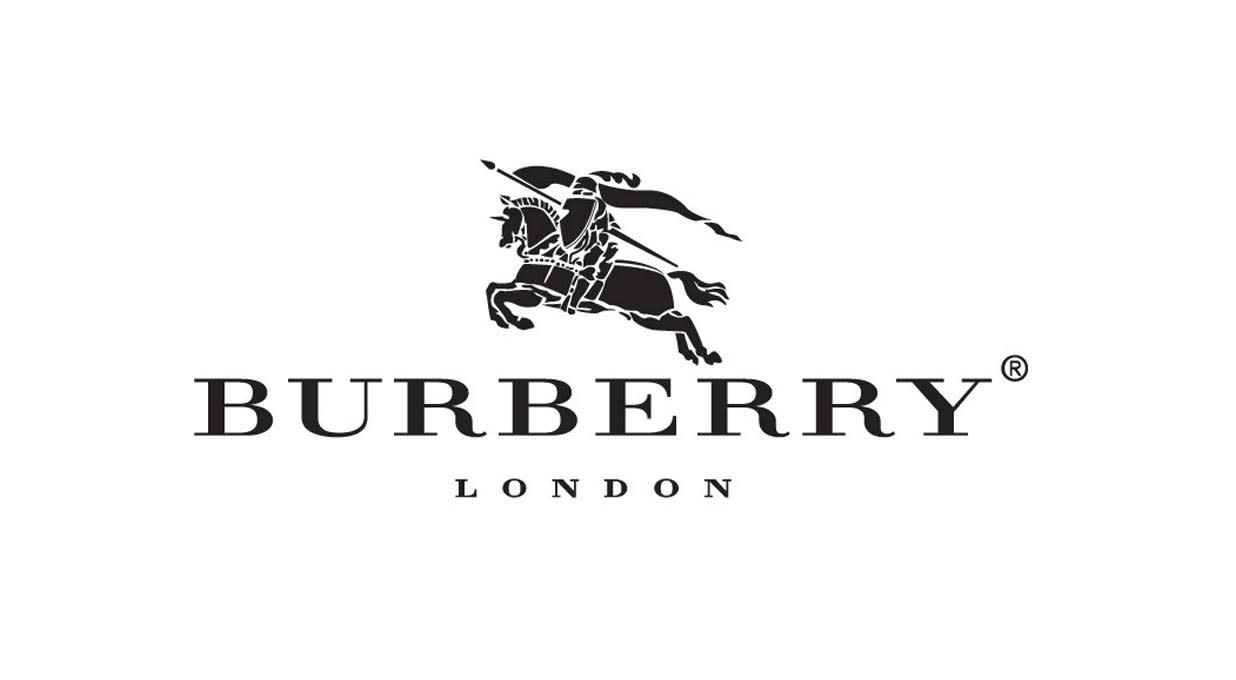Burberry issued an unexpected trading update as first-quarter revenue fell 20%, ignoring the impact of exchange rates, which was worse than analysts were expecting. Double-digit declines were seen across all its main regions as the market has remained “challenging”.
As a result of current trading weakness, dividend payments for this financial year have been suspended to help maintain balance sheet health.
Jonathan Akeroyd has stepped down as CEO with immediate effect. Joshua Schulman, who has experience at Michael Kors, Coach and Jimmy Choo, has been announced as the new CEO.
If current trading weakness continues, Burberry expects to make an operating loss over the first half of the year. Full-year revenue is expected to fall by around 30%.
The shares fell 11.3% following the announcement.
Our view
Burberry’s first-quarter trading update showed it’s in a sticky spot. Revenues dropped at double-digit rates, and the group’s now expecting to be loss-making in the first half. To make the reading more painful for investors, dividend payments for this financial year have been stopped in a bid to try and shore up the balance sheet for the bumpy road ahead.
These results aren’t a complete surprise, slowing trends are being seen across the board in the luxury sector. But what is concerning is that Burberry’s declines were significantly ahead of market expectations, signalling the brand may have lost some of its desirability.
Turning things around from here is a tough task that requires a fresh approach, and that’s where the new CEO comes in. Mr Schulman has experience at brands such as Michael Kors, Coach, and Jimmy Choo. His focus will be on rebalancing Burberry to be more inclusive. That means a broader range of products and price categories rather than the headstrong focus of the past, which centred on high-end price points and leather goods.
We don’t expect this to cause a swift turnaround in fortunes. Building brand desirability requires a lot of investment and even more patience.
In the near term, there’s a lot of uncertainty around demand. Cost-savings are currently the main route to softening the impact on the bottom line. These should deliver some relief in the second half but it’s more of a plaster than a long-term solution.
While overall trading has been weak, the wider European region is faring relatively well. More broadly, important tourist travel spending from Asian visitors to other regions had been gaining strong momentum.
At the last count, the balance sheet was in reasonable health. But with the group set to turn loss-making in the first half, that picture looks set to worsen. We think it’s the right move to cut dividends now, before all the money’s gone, and should help keep some kind of cushion while the group invests for the future and finds its feet again. But it’s likely to be a long and bumpy ride.
The short term remains fraught with some real challenges and uncertainty. The valuation has come down a long way to reflect this and we see little to get excited about in the near term. A turnaround will require a lot of patience and work to fully leverage the group’s history and brand. Currently, we prefer other names in the sector.
Environmental, social and governance (ESG) risk
The retail industry is low/medium in terms of ESG risk but varies by subsector. Online retailers are the most exposed, as are companies based in the Asia-Pacific region. The growing demand for transparency and accountability means human rights and environmental risks within supply chains have become a key risk driver. The quality and safety of products as well as their impact on society and the environment are also important considerations.
According to Sustainalytics, Burberry’s management of ESG risk is strong. The group has a very strong environmental policy and executive compensation is explicitly tied to ESG performance targets. However, overall ESG reporting falls short of best practice.
Burberry key facts
All ratios are sourced from Refinitiv, based on previous day’s closing values. Please remember yields are variable and not a reliable indicator of future income. Keep in mind key figures shouldn’t be looked at on their own – it’s important to understand the big picture.
This article is not advice or a recommendation to buy, sell or hold any investment.No view is given on the present or future value or price of any investment, and investors should form their own view on any proposed investment.This article has not been prepared in accordance with legal requirements designed to promote the independence of investment research and is considered a marketing communication.Non - independent research is not subject to FCA rules prohibiting dealing ahead of research, however HL has put controls in place(including dealing restrictions, physical and information barriers) to manage potential conflicts of interest presented by such dealing.Please see our full non - independent research disclosure for more information.


